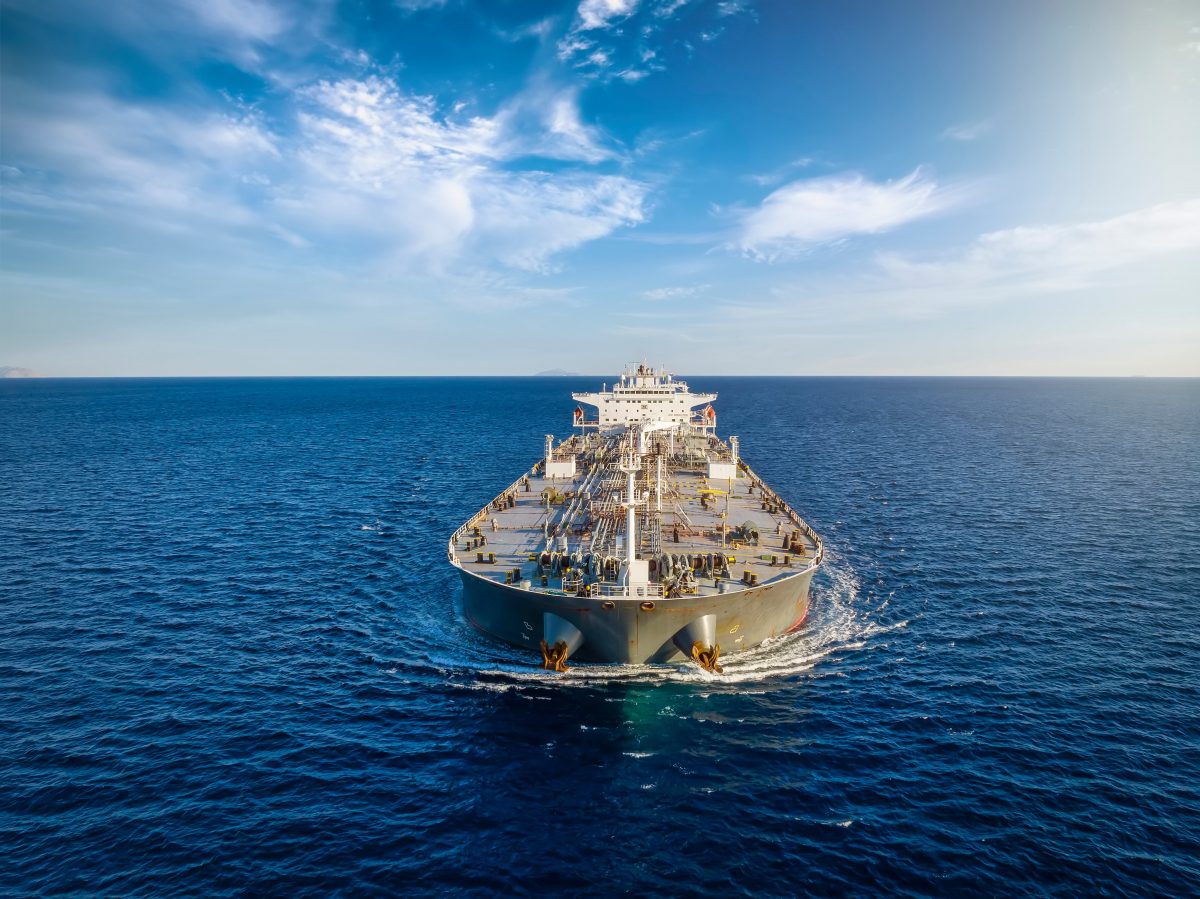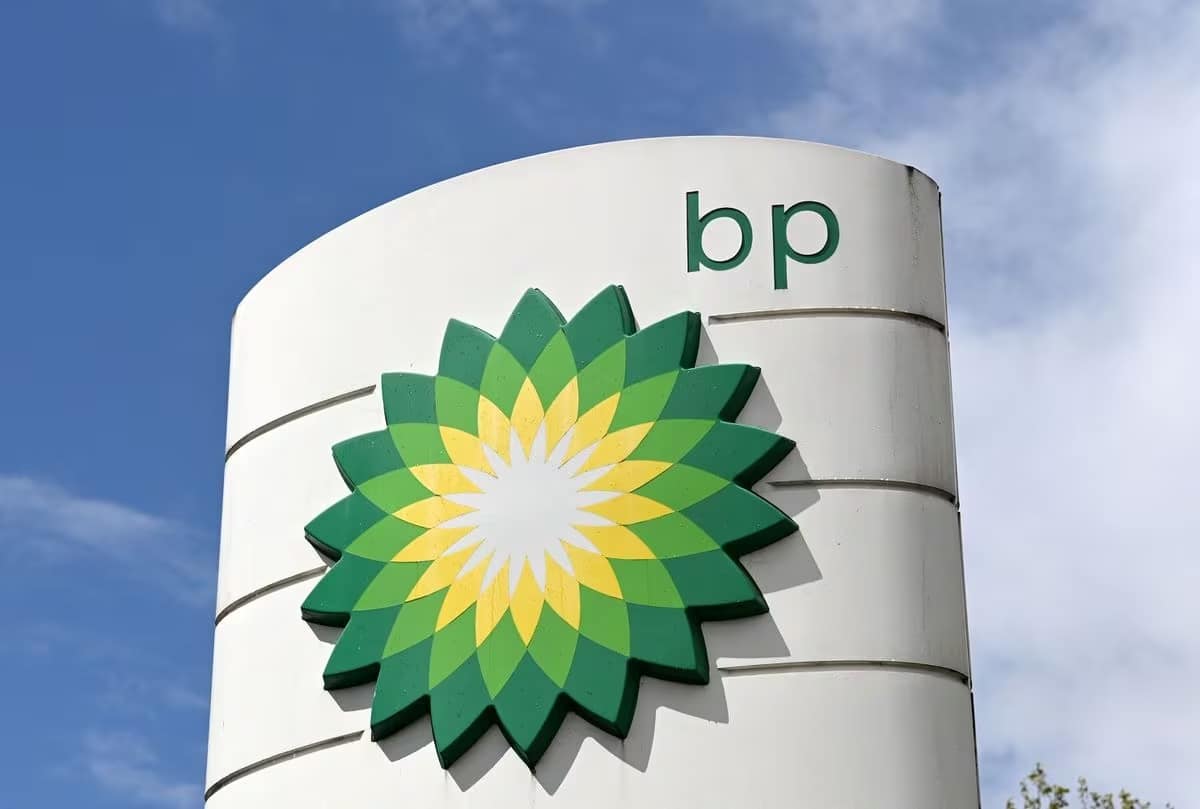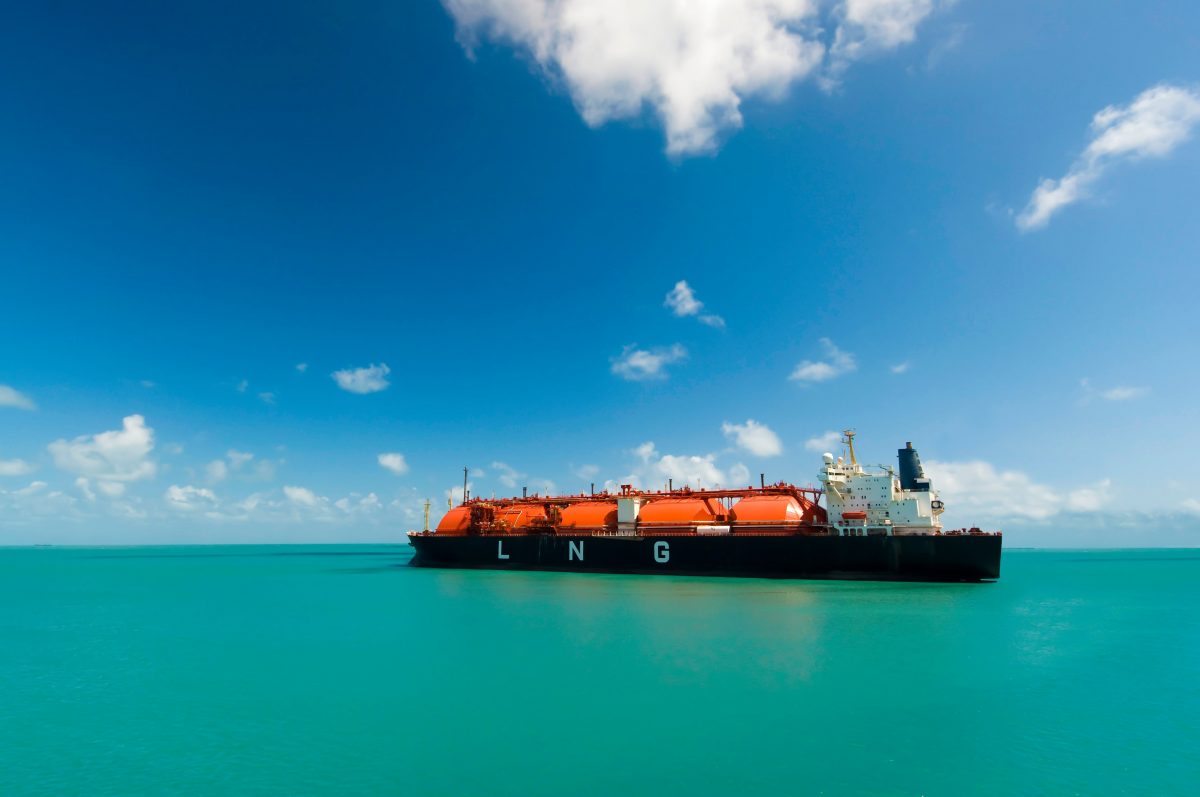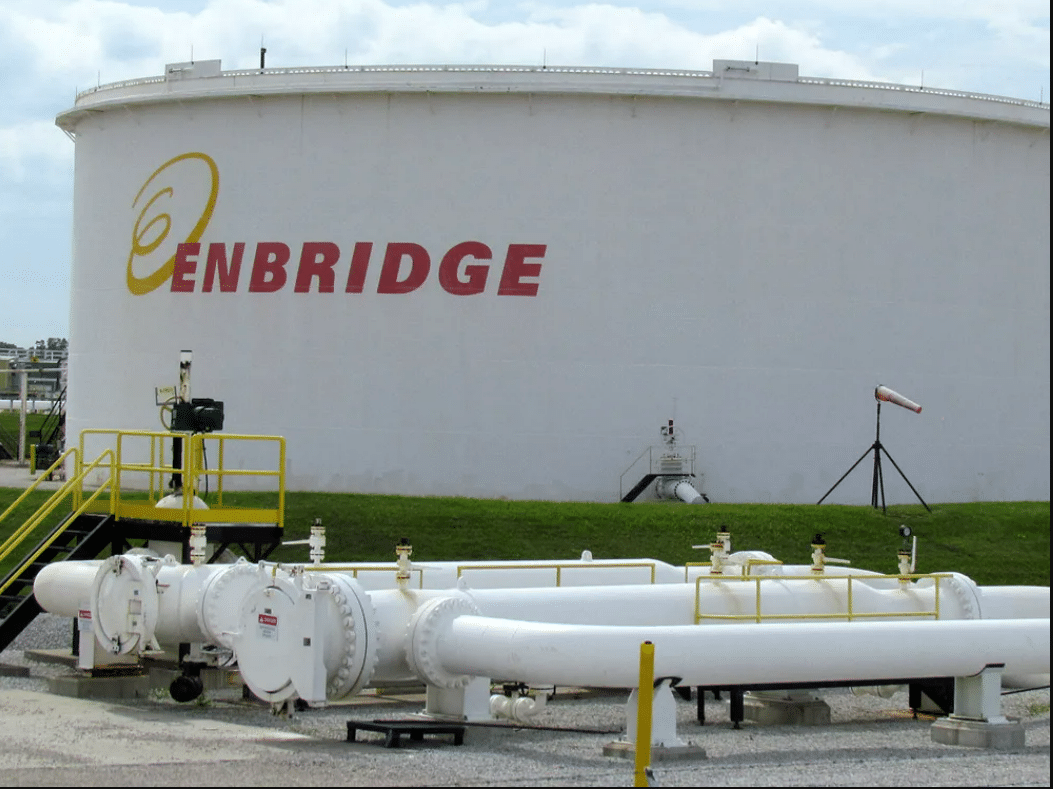The shipping industry faced significant challenges in the first half of 2024. The sector is responsible for transporting about 90% of global trade, including large quantities of crude oil, iron ore, and grain, and has been essential to the global economy. The volume of seaborne trade, which has more than doubled since 1990, is expected to triple by 2050. However, recent geopolitical conflicts, extreme weather events and logistical bottlenecks have tested the industry’s resilience.
To navigate these challenges, shippers are being forced to adapt their operations in real-time. This has increased the need for innovative solutions that prioritize flexibility and data-driven decision-making to mitigate against ongoing disruptions.
Evolving Supply Chain Capabilities
The evolution of supply chain technology has allowed the shipping industry to enhance its operational capabilities. Automation, real-time tracking and improved throughput have helped manage the heavy volume growth experienced during the pandemic, but recent challenges have highlighted the need for even more robust strategies.
For instance, the ongoing conflict in the Red Sea has forced carriers to bypass the Suez Canal and reroute around the Cape of Good Hope, extending transit times and reducing the overall capacity of container ships. Compounded by extreme weather conditions, such as hurricanes and storms, ships traveling along the Cape have experienced further delays. These factors, alongside congestion at key ports, resulted in global ocean shipments averaging 66 days from initial booking to clearing the final port in Q2 2024. This represents a two-day increase from Q1 and an eight-day year-over-year (YoY) rise from Q2 2023.
Managing the Panama Canal and Geopolitical Strains
One of the most notable chokepoints, the Panama Canal, has been severely impacted by drought conditions, leading to traffic restrictions and water shortages. Shipments from Asia to North America averaged 63 days in Q2 2024, an increase of seven days over the same quarter of the previous year, while Asia-to-Europe shipments saw an increase of 14 days during the same period. While the Panama Canal Authority has announced plans to increase vessel throughput, these changes may take time to alleviate the backlogs caused by water shortages and traffic restrictions.
Further compounding the issue, geopolitical instability and climate-related disruptions have led to prolonged shipping times across major trade routes. Europe-to-Asia shipments averaged 84 days in Q2 2024, an 11-day YoY increase, while South America-to-Asia routes experienced the sharpest rise, averaging 87 days, up 15 days YoY.
These delays are largely the result of port congestion, extended transit times, and longer booking periods, all of which strain an already burdened system.
Achieving Operational Efficiency
Given these persistent challenges, shippers must rely on data-driven insights to optimize operations and navigate the volatile logistics landscape. By analyzing historical trends and real-time data, companies can better anticipate delays and adjust their operations accordingly. This proactive approach allows for improved cost-efficiency, enhanced agility, and more effective planning in the face of unpredictability.
At the same time, broader economic factors are also influencing global trade. Food prices, for example, have risen due to a combination of factors stemming from supply chain disruptions. Fuel costs further impact transportation and food supply chains, contributing to higher prices for consumers. While the shipping industry adapts to these pressures, economic slowdowns in major production hubs like China have compounded the situation, leaving end-point retailers with excess inventory and reducing demand for outbound shipments.
As these trends continue, shippers must adopt a proactive, strategic approach to ensure they can mitigate future disruptions. With geopolitical instability, extreme weather and evolving consumer behaviors likely to persist, the future of global trade will depend on the industry’s ability to adapt and innovate.
Embracing Technological Solutions
The future of shipping success depends on flexible, tech-enabled supply chain solutions. Modern advancements in supply chain management technology offer key tools to help navigate the complexities of today’s logistics environment.
To manage these disruptions effectively, supply chains must be flexible and adaptable rather than rigid and prone to breaking under pressure. The solution lies in fully utilizing advancements in supply chain management technology, which can help navigate the complexities of modern logistics, conflicts, and regulations.
Real-Time Tracking: Modern tracking systems provide immediate visibility into the status and location of shipments, allowing companies to quickly adapt to changing conditions. This enables swift rerouting and scheduling adjustments, minimizing delays, and allowing for proactive responses to emerging threats.
Connected Network: A seamlessly integrated network of supply chain participants, all validated and operational, capable of providing alternative solutions when disruptions occur. Rather than relying on ad hoc integration during crises, this system should function as a plug-and-play model, built on a well-defined and carefully curated network, ready to facilitate business continuity efficiently.
Data Analysis: Advanced analytics offer insights into the risks posed by various shipping routes and potential disruptions. By analyzing data from multiple sources, companies can predict and prepare for challenges, allowing for more strategic planning and decision-making in global shipping.
Navigating New Trade Routes: With real-time tracking and data analysis, businesses can assess new shipping routes based on safety, cost and transit time. This allows them to reroute shipments effectively, ensuring goods reach their destinations despite disruptions.
Optimizing Inventory Management: As transit times increase and costs rise due to high-risk areas, effective inventory management becomes crucial. Technology helps monitor inventory across locations, optimizing distribution to prevent stockouts and overstocking, even with extended delivery times.
Efficient Rerouting: Data-driven tools evaluate different routing options, identifying the most cost-effective and efficient alternatives. This capability is critical for maintaining operational continuity in the face of geopolitical and logistical disruptions.
The shipping industry faces unprecedented challenges in 2024, from geopolitical tensions to extreme weather and logistical bottlenecks. As global trade continues to expand, the pressure on shipping operations will only intensify.
In an increasingly unpredictable global market, the ability to adapt quickly and make informed decisions will be key to sustaining efficient operations and meeting growing consumer demand. By adopting these approaches, the shipping industry can better position itself to overcome current obstacles and prepare for future disruptions, ensuring the continued flow of global trade.
By: Supplychainbrain, Karim Jumma / October 9, 2024.










